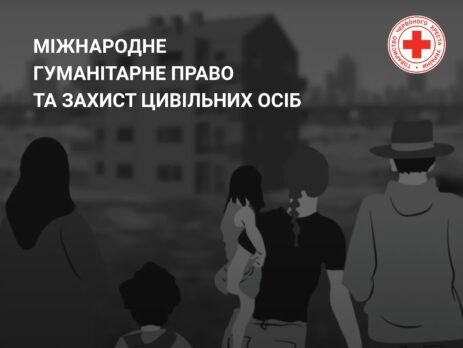How does international humanitarian law protect civilians during armed conflict?
The primary aim of international humanitarian law (IHL) is to protect civilians during armed conflicts. In particular, the Fourth Geneva Convention, adopted in 1949, specifically addresses the protection of civilian persons in times of war. Since then, mechanisms for safeguarding civilians in such situations have continued to develop.
Who is considered a civilian during armed conflict?
Civilians are defined as all individuals who are not combatants — that is, not members of the armed forces. In cases of doubt regarding a person’s status, they must be presumed to be a civilian. Collectively, all civilians make up the civilian population. According to the principle of distinction, parties to a conflict must at all times distinguish between civilians and combatants. Attacks may only be directed at combatants and not at civilians.
There are specific categories of civilians who require special protection. These include, first and foremost, the wounded, the sick, persons with disabilities, the elderly, children, and women in labour. In particular, women must be afforded special protection against violations of their dignity, including protection from rape, forced prostitution, and other forms of abuse. International humanitarian law also prohibits the recruitment of children under the age of fifteen into the armed forces or their active participation in hostilities. In addition, certain provisions of IHL provide special protection for journalists.
Protection of civilians in the occupied territories
It is important to note that IHL protects civilians not only during active hostilities but also in situations of occupation. Although military occupation is a temporary circumstance and the occupying power does not gain sovereignty over the occupied territory, it is nonetheless obliged to maintain public order and safety, in accordance with the laws in force in that territory.
The Ukrainian Red Cross continues to raise awareness of international humanitarian law by informing and educating the public.

